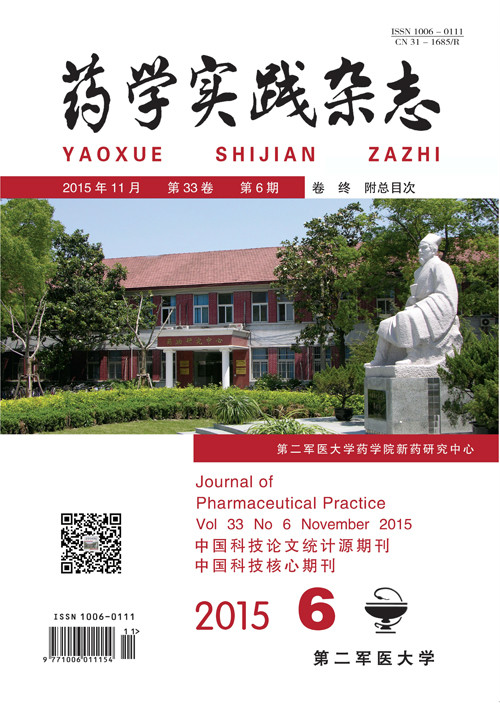Microemulsion TLC identification of Xinnaomaitong capsule
doi: 10.3969/j.issn.1006-0111.2015.06.015
- Received Date: 2014-09-24
- Rev Recd Date: 2015-06-08
-
Key words:
- Xinnaomaitong capsule /
- micromulsion /
- TLC
Abstract: Objective To investigate the application of microemulsion thin layer chromatography (TLC) for separation and identification of various active components in Xinnaomaitong capsule. Methods The all-grass of Bluecalyx japanese rabodosia, root of Pueraria lobata, root and rhizome of Salvia miltiorrhiza, rhizome of Ligusticum chuanxiong in Xinnaomaitong capsule were separated and identified simultaneously with the polyamide film as stationary phase and the microemulsion as mobile phases. Different factors, such as the sodium dodecyl sulfate (SDS), oil phase and water phase which effect on the separation of the components were evaluated. Results The all-grass of Bluecalyx japanese rabodosia, root of Pueraria lobata, root and rhizome of Salvia miltiorrhiza, rhizome of Ligusticum chuanxiong in Xinnaomaitong capsule were separated and identified simultaneously with mobile phase of microemulsion:formic acid:acetone (5:1:1). The constituent of microemulsion was SDS:butyl alcohol:n-Heptane:water = 6.7:15.8:2.5:75.0 (g/g). The spots were clear, the negative control was no interference, and it showed an ideal separation. Conclusion Microemulsion TLC is simple, accurate, and reproducible. It can identify a variety of active components in traditional Chinese medicine simultaneously.
| Citation: | ZHANG Yan, WANG Qiang, REN Changshun, LANG Yiyong. Microemulsion TLC identification of Xinnaomaitong capsule[J]. Journal of Pharmaceutical Practice and Service, 2015, 33(6): 536-538. doi: 10.3969/j.issn.1006-0111.2015.06.015 |







 DownLoad:
DownLoad: